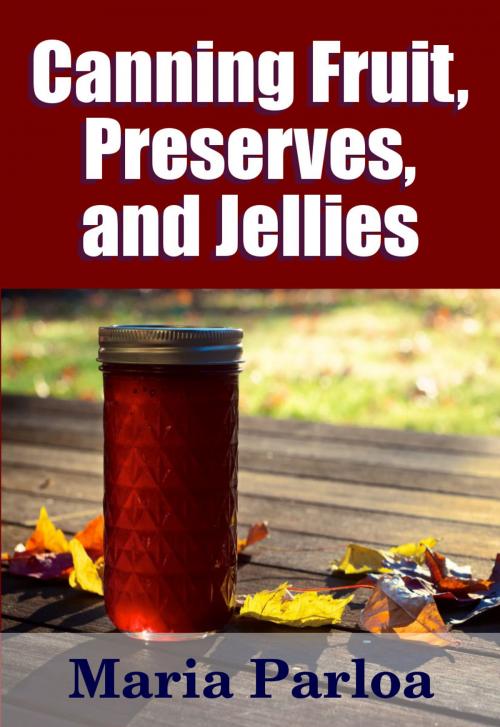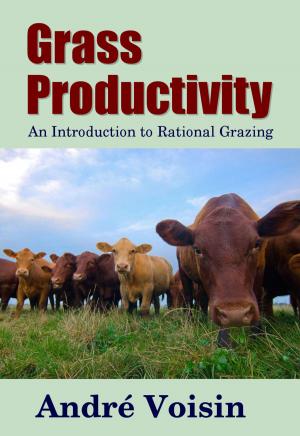Canned Fruit, Preserves, and Jellies
Household Methods of Preparation
Nonfiction, Home & Garden, Gardening, Fruit, Food & Drink, Baking & Desserts, Healthy Cooking, Natural Foods| Author: | Midwest Journal Press, Maria Parloa, Dr. Robert C. Worstell | ISBN: | 9781312836617 |
| Publisher: | Midwest Journal Press | Publication: | March 3, 2015 |
| Imprint: | Farming Classics | Language: | English |
| Author: | Midwest Journal Press, Maria Parloa, Dr. Robert C. Worstell |
| ISBN: | 9781312836617 |
| Publisher: | Midwest Journal Press |
| Publication: | March 3, 2015 |
| Imprint: | Farming Classics |
| Language: | English |
Fruits supply a variety of flavors, sugar, acids, and a necessary waste or bulky material for aiding in intestinal movement. They are generally rich in potash and soda salts and other minerals. Most fresh fruits are cooling and refreshing. The vegetable acids have a solvent power on the nutrients and are an aid to digestion when not taken in excess.
In the season when each kind of fruit is plentiful and at its best a generous supply should be canned for the season when both fruit and fresh vegetables are scarce. A great deal of the fruit should be canned with little or no sugar, that it may be as nearly as possible in the condition of fresh fruit.
If there be an abundance of grapes and small, juicy fruits, plenty of juice should be canned or bottled for refreshing drinks throughout the year. Remember that the fruit and juice are not luxuries, but an addition to the dietary that will mean better health for the members of the family and greater economy in the cost of the table.
If the supply of fruit is greater than the family needs, it may be made a source of income by sending the fresh fruit to the market, if there is one near enough, or by preserving, canning, and making jelly for sale.
The home product must be very good to compete with the attractive goods that are sent out from such establishments. Yet for first-class homemade products there is a market in all large cities. All first-class grocers have customers who purchase such goods.
[From the first chapter]
It is realatively easy to safely can jellies, jams, and preserves from fruit. This simple guide can show you how to save money by putting up your own at home. It can even become a family affair, with everyone having a part - the process is that simple.
Get Your Copy Today!
Fruits supply a variety of flavors, sugar, acids, and a necessary waste or bulky material for aiding in intestinal movement. They are generally rich in potash and soda salts and other minerals. Most fresh fruits are cooling and refreshing. The vegetable acids have a solvent power on the nutrients and are an aid to digestion when not taken in excess.
In the season when each kind of fruit is plentiful and at its best a generous supply should be canned for the season when both fruit and fresh vegetables are scarce. A great deal of the fruit should be canned with little or no sugar, that it may be as nearly as possible in the condition of fresh fruit.
If there be an abundance of grapes and small, juicy fruits, plenty of juice should be canned or bottled for refreshing drinks throughout the year. Remember that the fruit and juice are not luxuries, but an addition to the dietary that will mean better health for the members of the family and greater economy in the cost of the table.
If the supply of fruit is greater than the family needs, it may be made a source of income by sending the fresh fruit to the market, if there is one near enough, or by preserving, canning, and making jelly for sale.
The home product must be very good to compete with the attractive goods that are sent out from such establishments. Yet for first-class homemade products there is a market in all large cities. All first-class grocers have customers who purchase such goods.
[From the first chapter]
It is realatively easy to safely can jellies, jams, and preserves from fruit. This simple guide can show you how to save money by putting up your own at home. It can even become a family affair, with everyone having a part - the process is that simple.
Get Your Copy Today!















